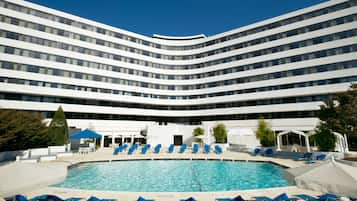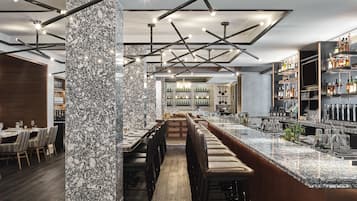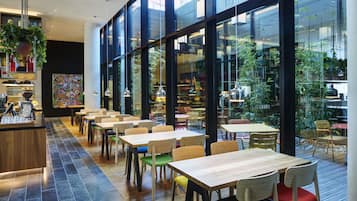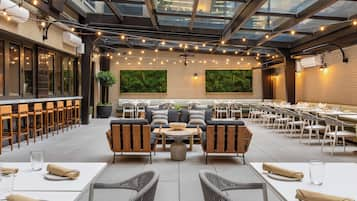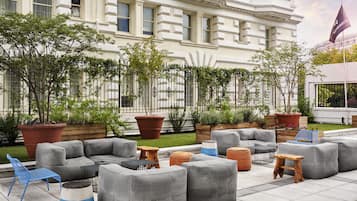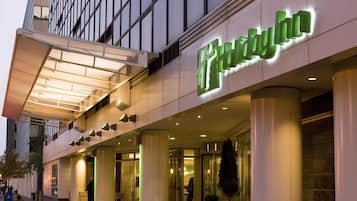U Street is a popular street in Washington, DC, that's home to a thriving nightlife and a rich history for African Americans in the city. Not only will you be able to enjoy the historic value and special sites in this area, but you can see new additions as well, making this destination a modern marvel. The music scene is particularly popular, so be sure to keep an eye out for live music performances.
Just about everyone can enjoy their visit to U Street, though there's not all that much designed specifically for kids. While many of the shows are technically family friendly, kid-oriented experiences are rare. Most people spend about 3 or 4 hours here exploring everything the area has to offer, though you may find yourself staying even longer if you attend one of the nightlife performances.
U Street in Washington DC - one of the highlights of 10 Best Things to Do in Washington DC and 10 Best Things to Do for Couples in Washington DC (Read all about Washington here)

photo by Ted Eytan (CC BY-SA 2.0) modified
What are the highlights of U Street in Washington, DC?
One of the major highlights of U Street is the music scene. Home to Lincoln Theatre, Bohemian Caverns, and Howard Theatre, this is the place to be if you want to see live jazz. Of course, you'll find all sorts of genres being played throughout the year, though the focus is around jazz and funk. Nightclubs with live music are popular here, and this area is home to the 9:30 Club and the Black Cat.
While you're in the U Street area, you may be interested in some of the historic landmarks found here. Ben's Chilli Bowl is a local staple that's been around since 1958. Additionally, you can see the True Reformer Building, which is one of the crowning achievements of John A. Lankford, a brilliant African American architect who designed quite a few iconic buildings in the area.
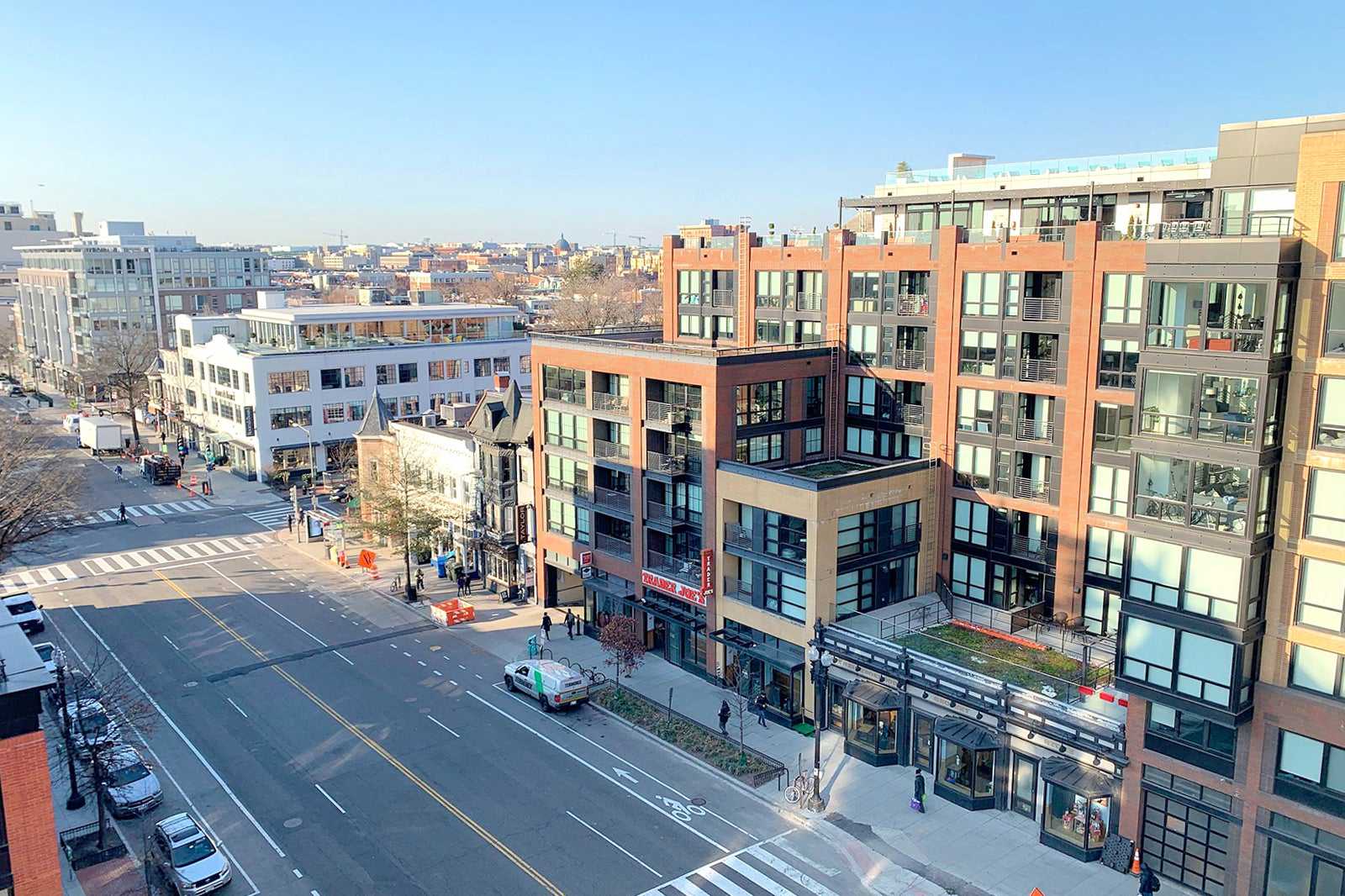
photo by Keizers (CC BY-SA 4.0) modified
A brief history of U Street in Washington, DC
The majority of U Street still sports its Victorian-era appearance that was developed in the late 19th century. Most of the Victorian buildings are located within the Greater U Street historic district. In the early 20th century, this area was primarily home to African American people, even serving as a sort of Black Broadway until Harlem took the spotlight in that regard. Still, the performing arts remain an essential part of the neighborhood's soul to this day.
U Street saw a decline after the Civil Rights Movement as retaliation for the Civil Rights Act and mass protests following MLK's assassination wreaked havoc throughout the area. In the '90s, however, this area became the focus of several revitalisation efforts that have continued since. Plan a subsequent visit here in the future, and you may notice a lot of changes compared to your first visit.
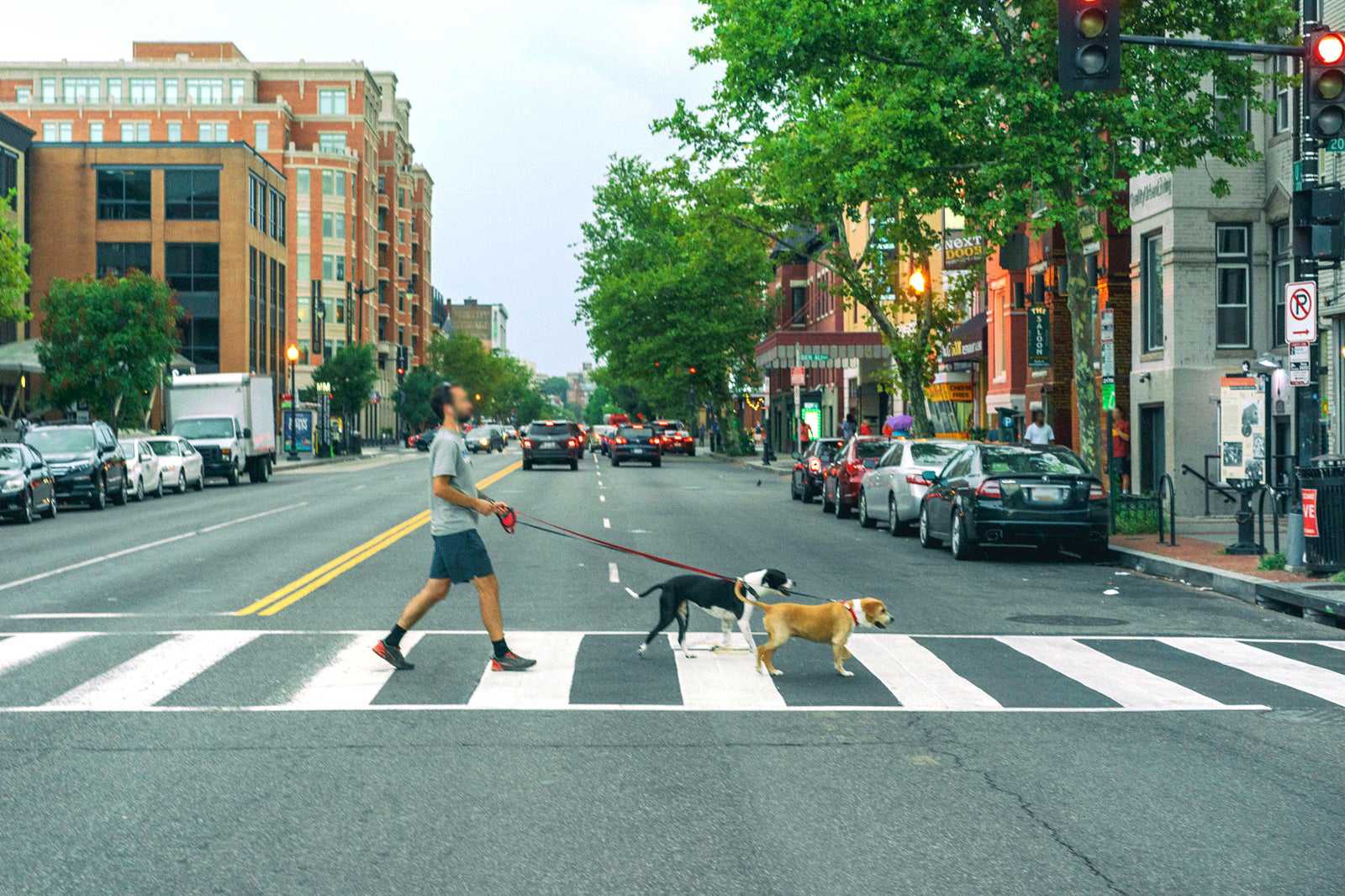
photo by Mike Maguire (CC BY 2.0) modified
What else is good to know about U Street in Washington, DC?
Before you visit U Street, there are a few things to keep in mind. Getting to this area is fairly easy, though you'll need to decide what route you're going to take. If you're in Metro Centre, as most visitors are, it takes about 12 minutes to get here by train and 7 minutes by car. From Reagan National Airport, it takes about 18 minutes by train and 15 minutes by car to arrive.
Visiting U Street will put you close to several other notable attractions as well. Head north by Howard University, and you can visit the History of Cannabis Museum. Attractions like the National Gallery and the Capitol are due south for the most part, but they're more than a mile away down 6th Street leading into the National Mall.

photo by Ted Eytan (CC BY-SA 2.0) modified
U Street in Washington DC
Location: Washington, DC, USA

